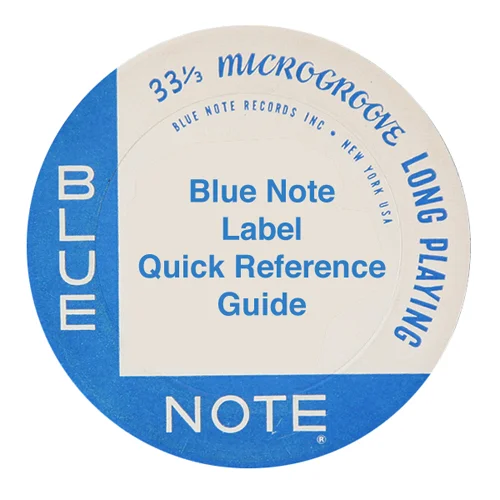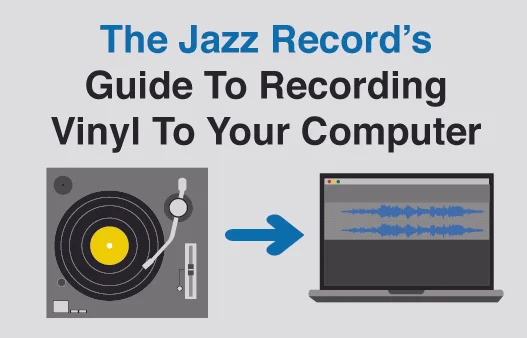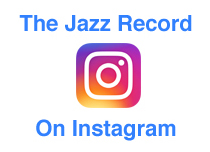Music Of The Mind: Les McCann - "Layers"
/Les McCann • "Layers" • 1973 • Atlantic Records
Recorded November 1972 at Regent Sound Studios, NYC
The Selection:
The Tracks:
Songs From Boston
A1. Sometimes I Cry
A2. Let's Gather
A3. Anticipation
A4. The Dunbar High School Marhing Band
A5. Soaring (At Dawn) Part I
Songs From My Childhood
B1. The Harlem Buck Dance Strut
B2. Interlude
B3. Before I Rest
B4. Let's Play ('Til Mom Calls)
B5. It Never Stopped In My Hometown
B6. Soaring (At Sunset) Part II
The Players:
Les McCann - Piano, Electric Piano, Synthesizer, Clavinet, Drums, Timpani
Jimmy Rowser - Bass Violin, Electric Bass, Bells, Percussion
Donald Dean - Drums, Bells, Percussion
Buck Clarke - Congas, Drums, Bongos, Blocks, Bells, Percussion
Ralph MacDonald - Conga, Drums, Bells, Percussion
The Record:
Les McCann In A Room Full of toys
I can't say I know a whole lot about Les McCann's music even though I've seen his records countless times over the years while digging through the used vinyl bins. The many albums that he made with Les McCann Inc. seem to be a constant in used record stores, meaning he certainly sold a lot of LPs throughout the years. He scored a massive hit when he teamed up with Eddie Harris for the Swiss Movement album, considered by the folks at AllMusic to be "one of the best" soul jazz albums of all time. Whatever your opinion on that might be, the album turned McCann into a big enough star (after nearly a decade of putting out jazz records) that he had the clout to get Atlantic to release the one-of-a-kind jazz excursion that is Layers.
The concept behind the recording is simple enough: McCann wanted to record an album of the sounds he was hearing in his head using only electronic keyboards, synthesizers and overdubbing, effectively creating a one man orchestra of sound and ideas. He had a group of percussionists come into the studio to accompany him while, as he says in the liner notes, "I began playing on the piano what I had been hearing in my head. They came out in pattern after pattern - unrolling in endless layers, one after another."
Then night after night, McCann went back to the studio and recorded over the rhythm tracks using the ARP synthesizer to "become the whole orchestra" playing the parts of the trumpet, trombones, flutes, oboes, bassoons and even adding some drums and bass parts. The resulting tracks, which basically run as one continuous song (with McCann choosing titles based on the changes in mood during the performances) range from spacey and atmospheric to rousing and funky, and basically all places in between. McCann performs admirably using these new technological wonders as he - like so many musicians before and after - tried to convey to the world the melodies he was hearing in his head.
Layers is supposedly the first record to be recorded using 32 tracks, which Robert Liftin (the recording engineer for the sessions) was able to accomplish by tying together two 16-track machines (32-track machines didn't exist at the time). This gave McCann the freedom to come in and overdub each separate section. According to Liftin in the liner notes, all of McCann's recordings were completed in "one or possibly two takes," an impressive feat in itself.
Layers would be a unique album in any straight-ahead jazz musician's discography, and it certainly stands as such in McCann's. It doesn't get nearly the attention that an album like Herbie Hancock's Head Hunters garners when it comes to the breaking of new ground for incorporating the synthesizer into jazz, but then again it isn't as great an album as Head Hunters (and if we really want to be fair about things, McCann and Hancock were not quite on the same level when it came to innovation in jazz music). But Layers is definitely an album of undeniable quality, one whose mixture of sounds, textures and (yes) layers makes it an LP that is equally suited to both lazy Sunday morning or late night bourbon-soaked listening.
Differing aspects of the many overdubbed keyboards reveal themselves upon each listen, and often even the same melodic statement seems to take on a different meaning depending on your mood when listening to it. I suppose that's more or less what McCann was hoping to accomplish when he stepped into the studio that first day with his percussionists, to produce a jazz album unlike any other that had preceded it, but an album that is unmistakably a work of jazz nonetheless.
My copy looks to be an original pressing, with the "75 Rockefeller Plaza" address along the bottom (a change that was made sometime in 1973 from the "1841 Broadway" address), and it is a pretty decent piece of vinyl for the early 1970s, which I have found to be true of most Atlantic pressings from this time period. It seems they skimped a little bit less than their peers in the music industry. Sound is crisp, and considering all the overdubbing of keyboards on the record, I'd say there is pretty darn good depth to the playback. According to Discogs, the album was repressed a second time in 1974, but then remained out of print until a CD issue in 1993, which could account a bit for it's relative historical obscurity.
On a personal note, and I have no logical reasoning behind it, I have always found the album cover to be one of my favorites. The vagueness of the cover photo by Jesse Califano: is it a speaker? or a light? or a...? has always struck me as a great image for a jazz record. It is what you perceive it to be, how you wish to see it, much like the best that jazz music has to offer the willing listener. And it is certainly the perfect image for Layers, a record that will be many things to many different people, but in the end isn't that what make a good piece of art worth our time in the first place?













